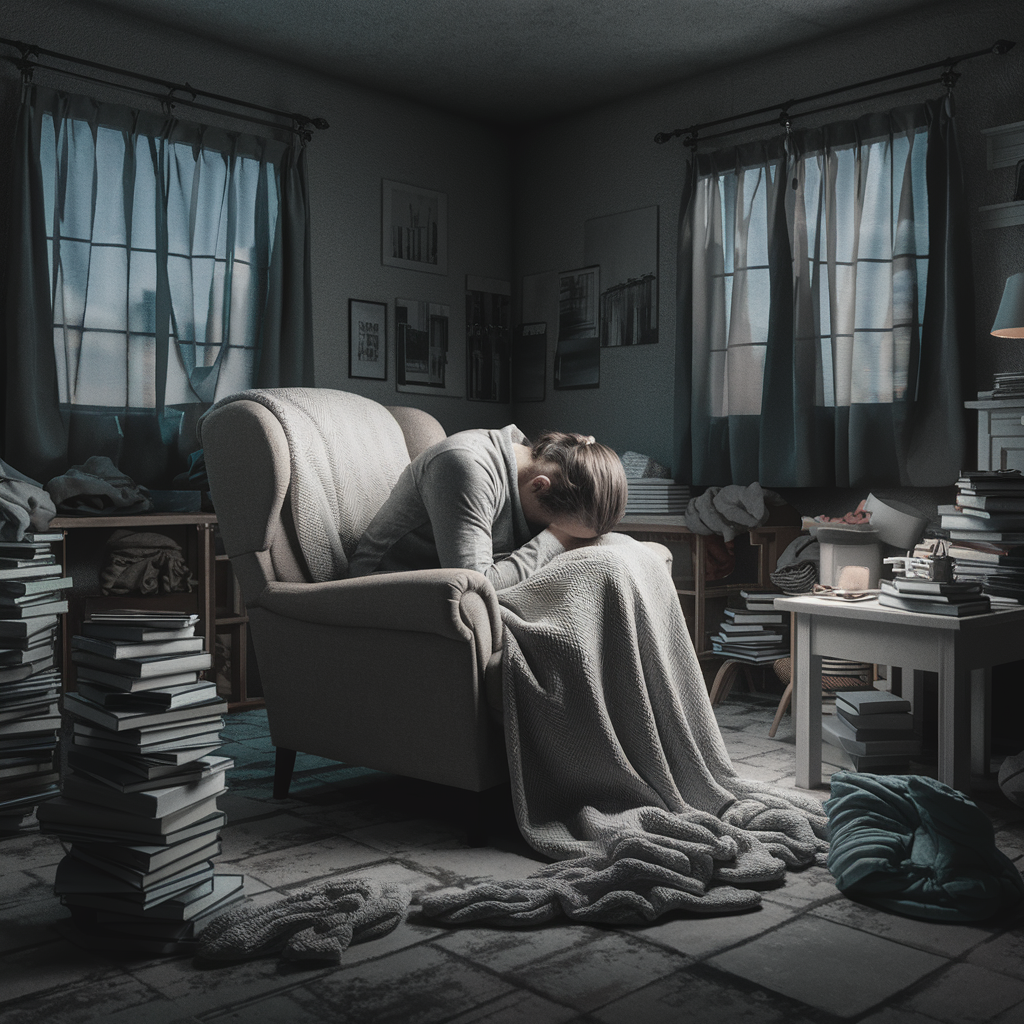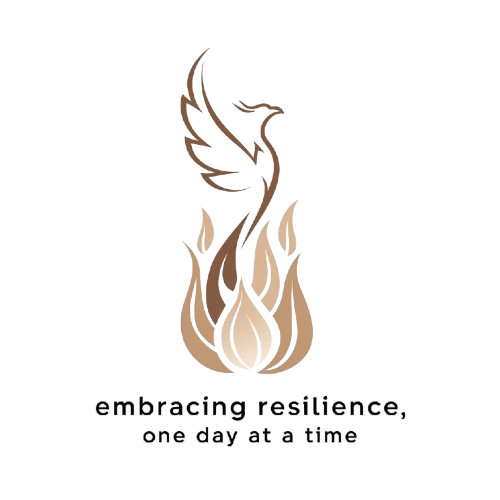I often joke that as I’ve gotten older, I’m tired of being tired. This week is no different, yet after some moments of reflection, I wonder if it’s not just the fatigue of daily life, but also a deepened depression and anxiety amplifying this exhaustion. I’ve come to identify myself as someone with high-functioning depression and anxiety—a combination that affects many people but often remains hidden from the world.
Research suggests that high-functioning depression and anxiety impact a substantial number of people. According to the New England Medical Group (2023), individuals with these conditions may appear to manage their daily tasks well, but beneath the surface, they’re carrying an ongoing struggle with persistent sadness, anxiety, and self-criticism. This hidden battle can manifest in symptoms such as feelings of worthlessness, physical fatigue, and isolation, all of which take a toll on overall mental health.
What Does High-Functioning Depression and Anxiety Look Like?
For me, it starts with a rigid routine. Every weekday, I sit down with a to-do list and meticulously plan my day, measuring my productivity by how many items I cross off. If I don’t accomplish everything on my list, self-criticism quickly sets in. I tell myself I wasn’t productive, that I should’ve done better, and that I’m falling short. This inner dialogue isn’t just discouraging; it’s a catalyst for sadness, pessimism, and hopelessness. It’s like a downward spiral: the more I think about what I didn’t achieve, the more worthless and guilty I feel.
These feelings fuel isolation, creating a cycle of withdrawal from friends, family, and colleagues—not because I’m too busy but because I feel unworthy of their time. A study published in the Journal of Affective Disorders notes that individuals with high-functioning depression often experience persistent negative self-evaluation, making them feel as if they’re failing despite outward appearances (American Psychiatric Association, 2021).
The Seasonal Shift: An Added Challenge
The fall and winter seasons bring an additional layer of struggle. While my depression isn’t strictly seasonal, the reduced daylight and colder months worsen my symptoms, aligning with patterns seen in seasonal affective disorder (SAD). Studies have shown that people with underlying mental health conditions, such as depression and anxiety, may experience intensified symptoms during darker, colder months (National Institute of Mental Health, 2022). For me, the depression morphs from a pit to a bottomless well, and balancing anxiety and depression becomes a constant push-and-pull.
Anxiety has been part of my life since I was young. I experienced panic attacks before I even knew what they were, and as an adult, they’ve manifested in extreme ways, from overwhelming dread to physical symptoms like dry heaving for hours on end. Two days ago, I was nearly back to that point. Despite all the coping tools and techniques I’ve developed, moments of vulnerability and struggle still come.
The Physical Toll of Depression and Anxiety
One of the hardest parts to explain to others is the sheer exhaustion. No matter how much I sleep, it’s never enough. The fatigue of depression is different from simply being tired; it’s a weight that seeps into every part of your day. When I’m in a low episode, I feel glued to the couch, unable to muster the energy to do anything. This is a common experience, as research indicates that depression can cause both physical and emotional exhaustion, even in those with high-functioning forms of the condition (American Journal of Psychiatry, 2022).
Breaking the Cycle of Silence
Admitting these feelings can be terrifying. There’s a stigma attached to talking about mental health, especially when others may not see you “struggling” on the outside. But this week, I decided to let down the curtain. The experience of reaching out, as scary as it is, is also freeing. It’s okay not to be okay. Vulnerability opens the door to connection, allowing people to support you when you need it most. Those who truly care will understand and provide encouragement, reinforcing that none of us have to go through this alone.

Resources
These resources are confidential, accessible, and can provide immediate support or direct people to local mental health services.
Crisis Text Line: Provides free, 24/7 support via text messaging. Text “HELLO” to 741741 from anywhere in the United States to connect with a trained Crisis Counselor for help with anxiety, depression, and other mental health challenges.
National Alliance on Mental Illness (NAMI) HelpLine: Offers support, resources, and referrals for mental health services. Available Monday through Friday from 10 am to 10 pm ET. Reach them at 1-800-950-NAMI (6264) or chat via the NAMI website.
Suicide & Crisis Lifeline: For immediate help, dial 988. This national hotline offers 24/7 support for individuals in crisis or emotional distress, providing access to trained counselors who can offer assistance and direct people to resources.
